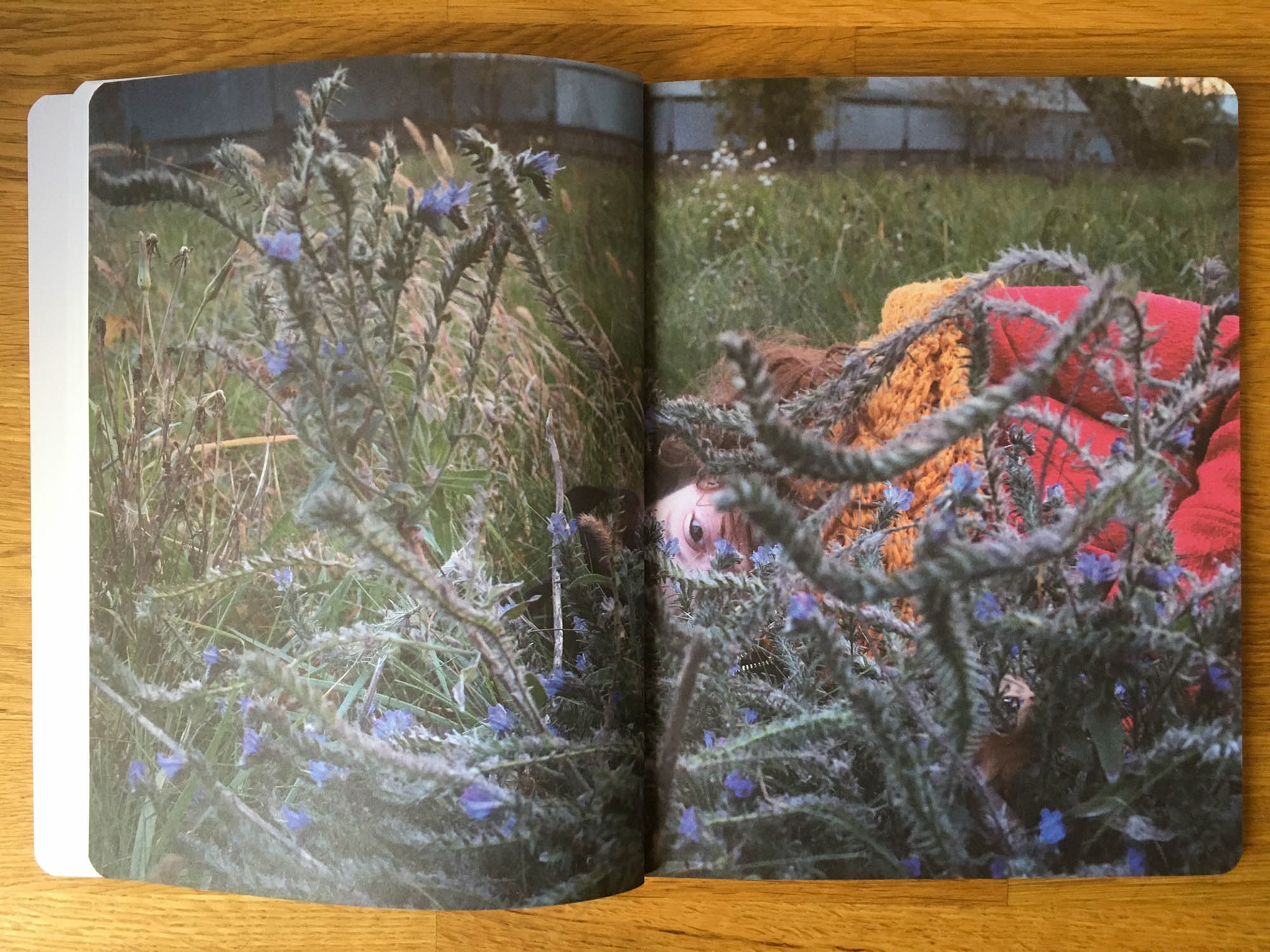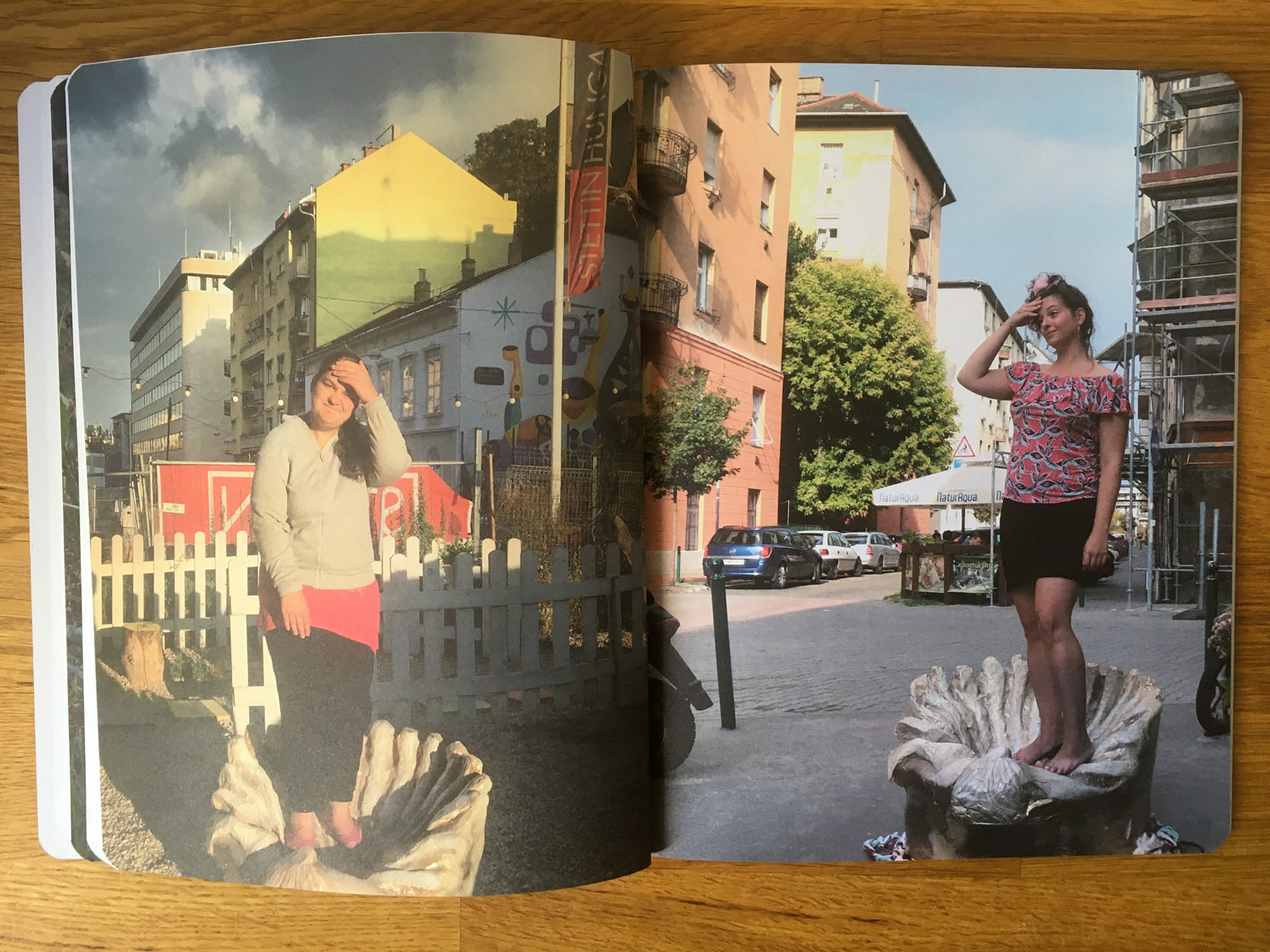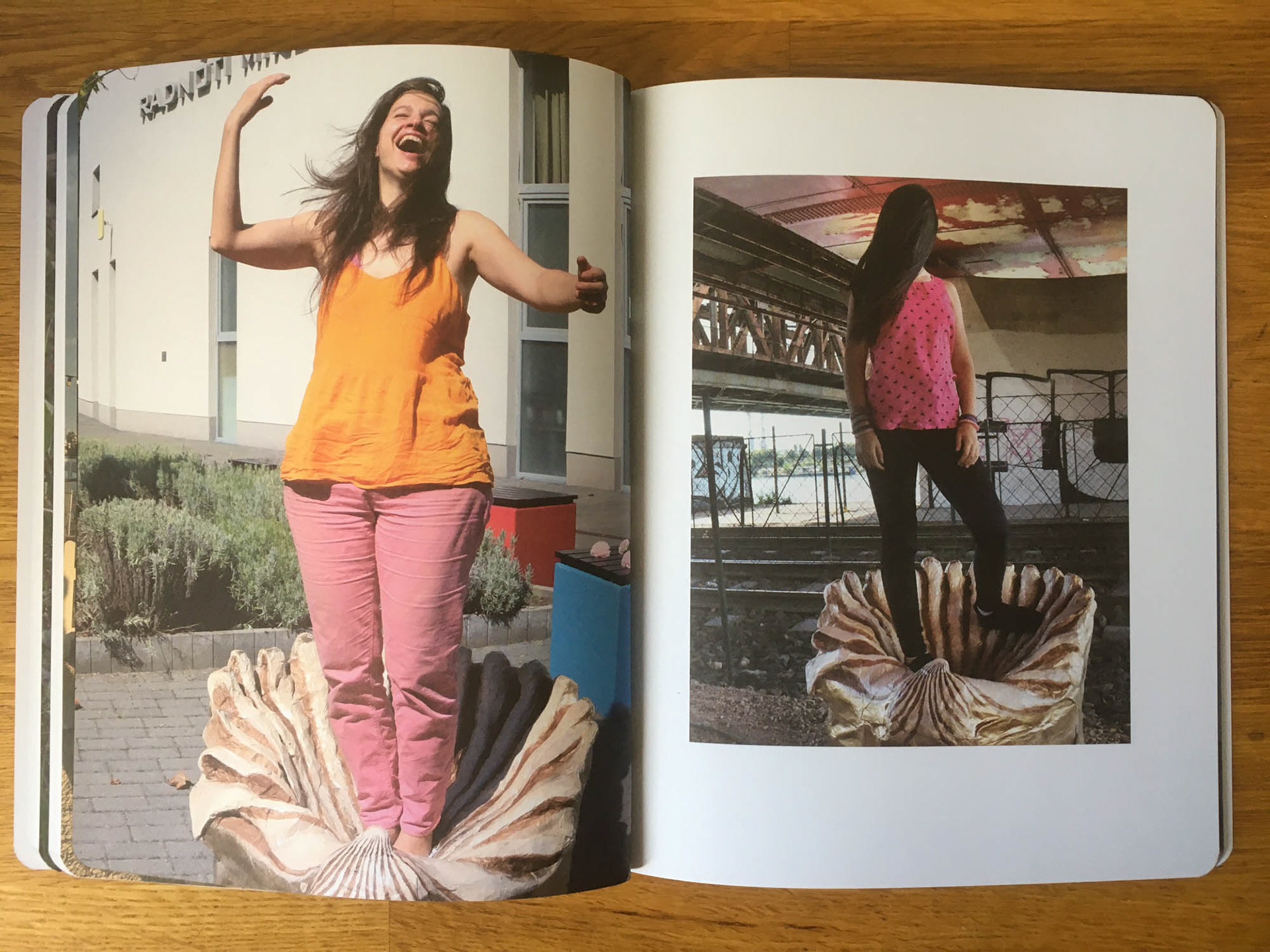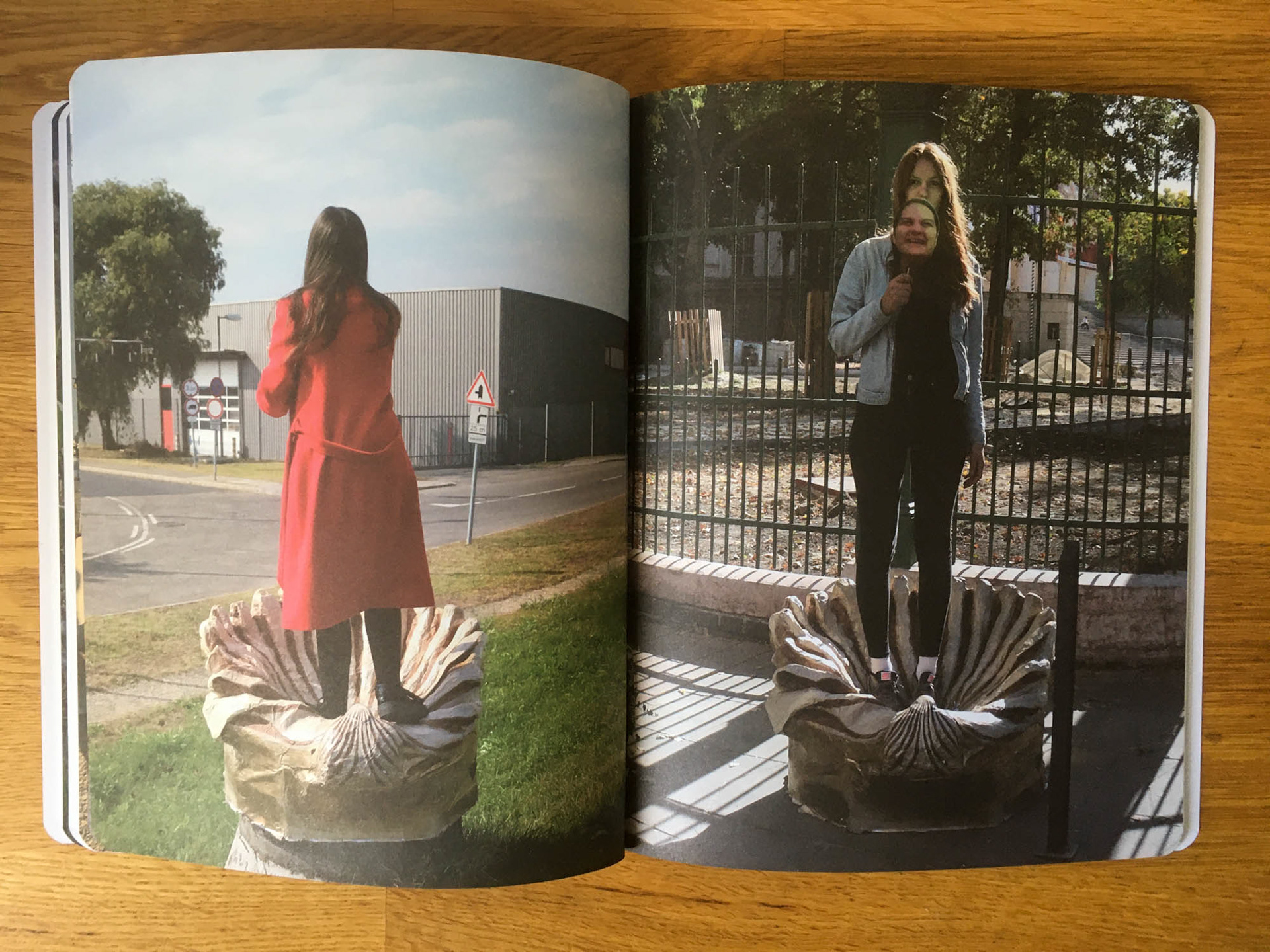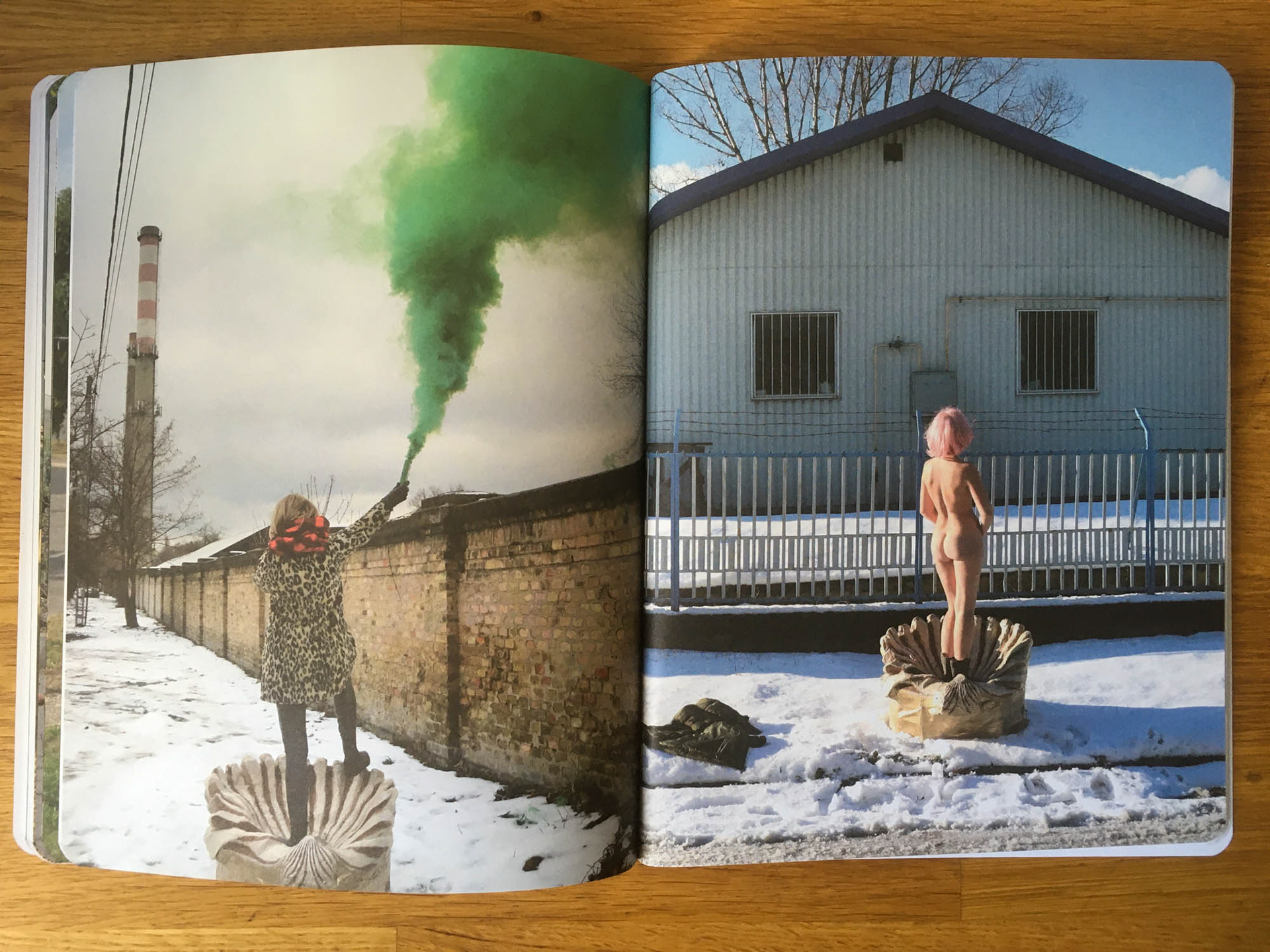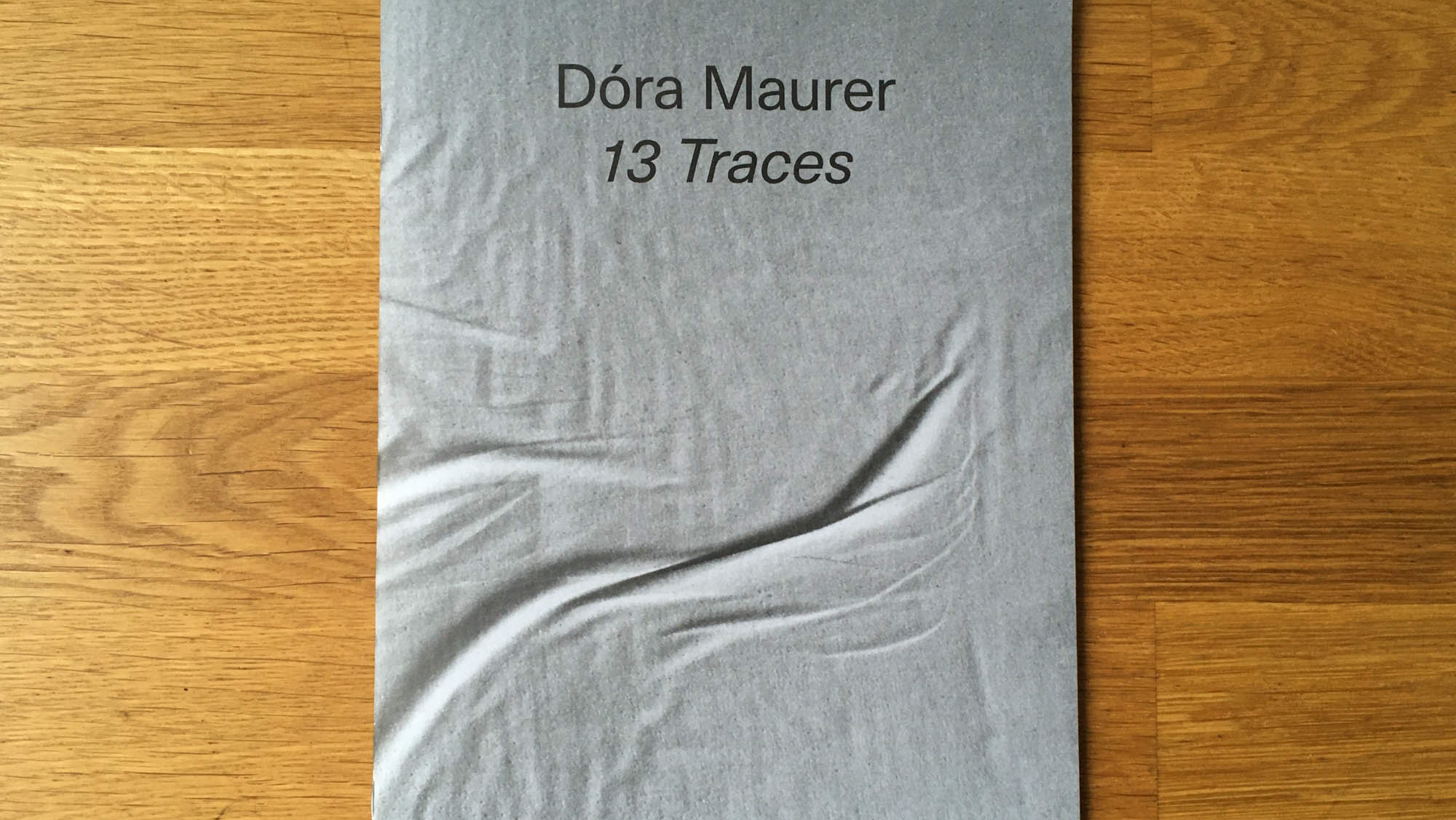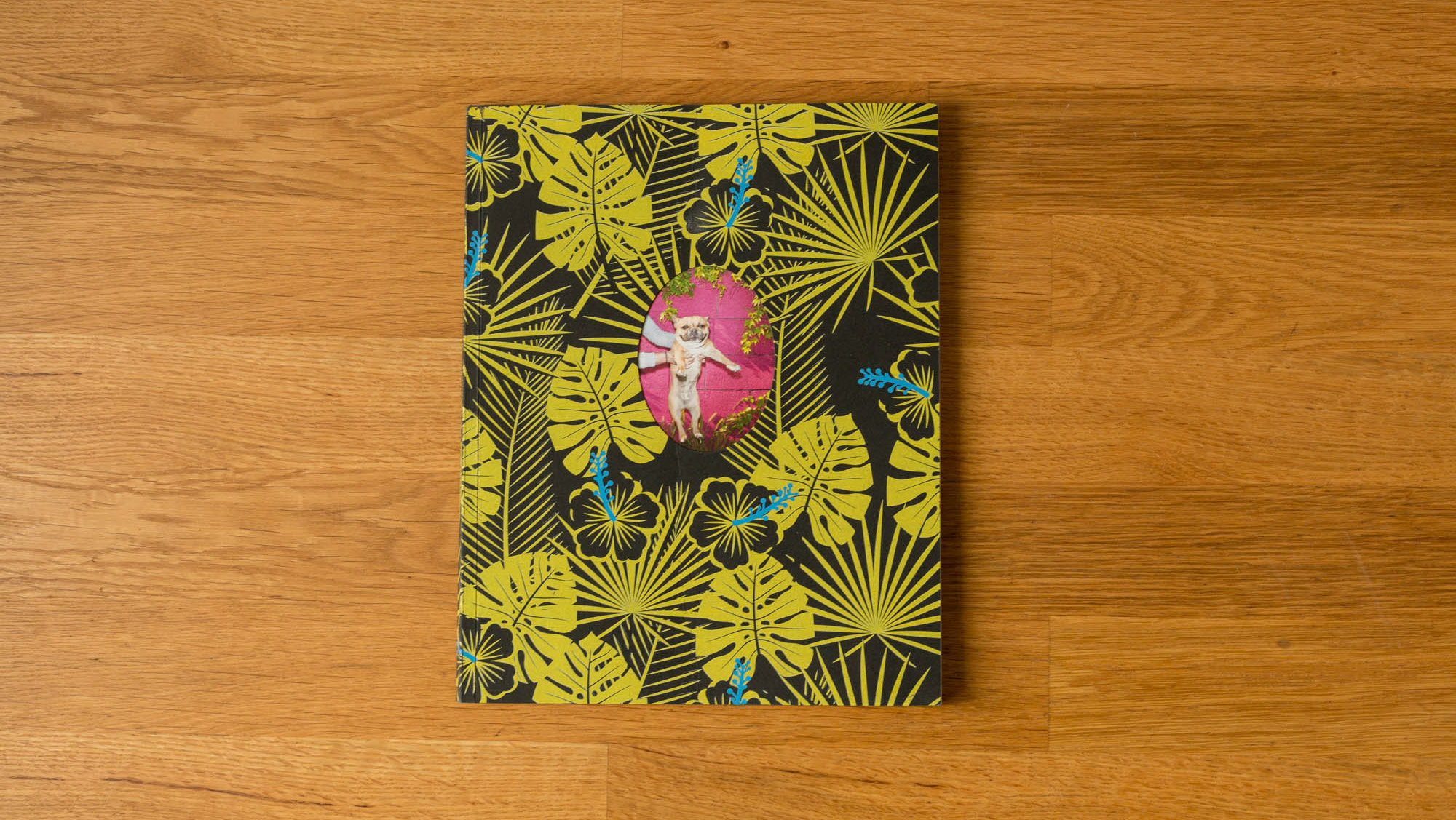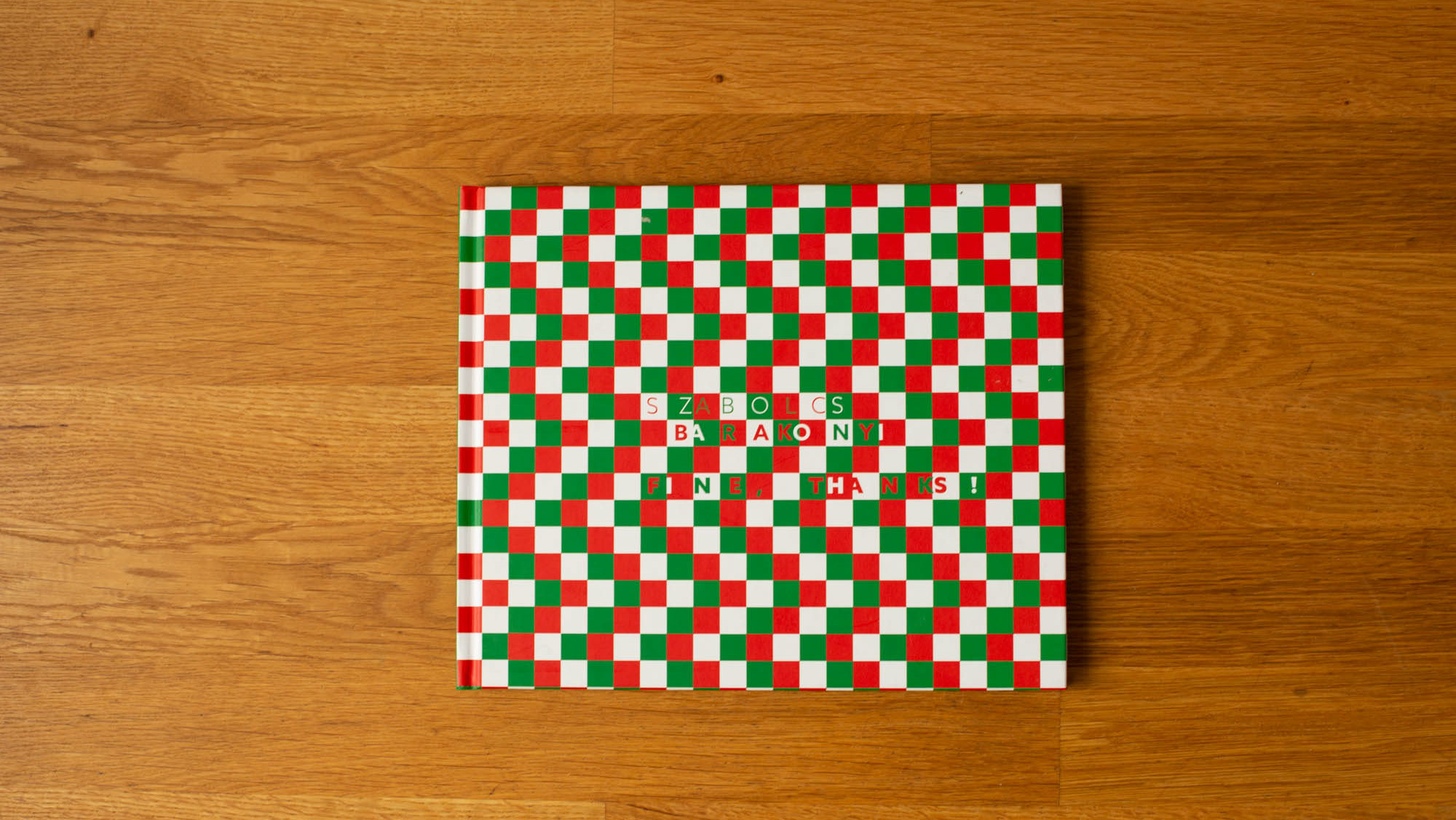Erdei Krisztina, The Birth of Venus and Other Stories
Artist: Erdei Krisztina
Title: The Birth of Venus and Other Stories
Designer: ART-AND / MEDVE ZSUZSI
Text: ERDEI KRISZTINA, VARGA TÜNDE
Translation BAKONYI-TÁNCZOS VERA
Proofreading GÁSPÁR BALÁZS, BORONYÁK VIVIEN
Publisher: © Robert Capa Nonprofit Ltd., Orsolya Kőrösi managing director https://capacenter.hu/
Printer: Pannónia Nyomda Kft.
Publication date and place: 2017/18 Budapest
Genre: The catalogue of the exhibition Krisztina Erdei
Book description (eng):
A city is always a mosaic of sharply distinctive “social worlds,” or unique cultures, as Louis Wirth found upon organizing the urban sociology knowledge accumulated by the end of the 1930s. That is, one can only claim to know his or her own city if he or she is familiar with as many neighborhoods representing the various social worlds as possible. The history of the building complex standing on the corner of Illatos Street and Gubacsi Street, consisting of about 500 flats, goes all the way back to the housing market anomalies generated by World War I, but it actually started in 1937 and lasted until 2015, so it encompasses almost 100 years. The premises became known as the Dzsumbuj [the projects, or lit. the mess] already a few years after the construction was finished. All the similar housing projects used to be called like this, but somehow the Illatos Street building complex monopolized the name.
In 2005, Kinga Göncz, the minister of youth, family, social affairs and equal opportunities, Imre Ikvai-Szabó, the deputy mayor of Budapest, and Ferenc Gegesy, the mayor of the 9th district, signed a declaration of intent regarding the settlement of the Dzsumbuj’s situation. By this time, it was imperative to find some kind of a solution. The goal of the program they signed was to facilitate the social integration of the disadvantaged families living here and to reduce the stigmatization of the residents. According a contemporary report, “the Dzsumbuj, as a unique subculture, concentrates, preserves, and reproduces destitution.”
The media continuously reported on the protracted liquidation that took almost ten years. Based on the news, these last years were about the war between the squatters, the security personnel, the human rights activists, the employees of the local government, as well as the politicians, and the social workers. The Illatos Street 5/A building was demolished in 2009, the 5/B building in 2013, and the 5/C building in 2014. In order to refine the image suggested by the media, we carried out a joint research under the aegis of the A város peremén (On the Outskirts of the City) project with a small group of sociologists, anthropologists, and artists. The project aimed at contributing to the attenuation of the problems resulting from poverty and social inequality, with the help of interviews, photographs, and videos. The numerous personal stories have altered the homogenized image of the residents available until now, giving new accents to the earlier media narrative emphasizing deviation and poverty. The research of personal memories is not only important for resolving traumas, or for exploring the responsibility of the past in the evolution of today’s value system. It can also be an asset to a learning process that could aid future decisions. Thanks to receiving the Budapest Photography Grant, I could start working on exploring the situation of the residents who had moved out, and the environment in which they try to get by. In the images, we can see the different employment and health-related problems intertwined with various Budapest locations. At the same time, in the midst of the possibilities provided by the urban environment, I search for an answer to the challenges of the present based on the memories and experiences of individuals. For me, the project is about layers of social responsibility, about a process which facilitates the communication of people living in the same city, while it also approaches the solution to the problem, the approximation of the different interests via the toolset of arts, leaving the project open and maintaining a continuous reflective attitude.
This exhibition and book investigates the current situation of the former residents of the building complex that used to stand on the corner of Illatos Street and Gubacsi Street, from the days of moving out until today. It explores the ordinary, everyday life of a community already extinct.
WEB
http://krisztinaerdei.com/

